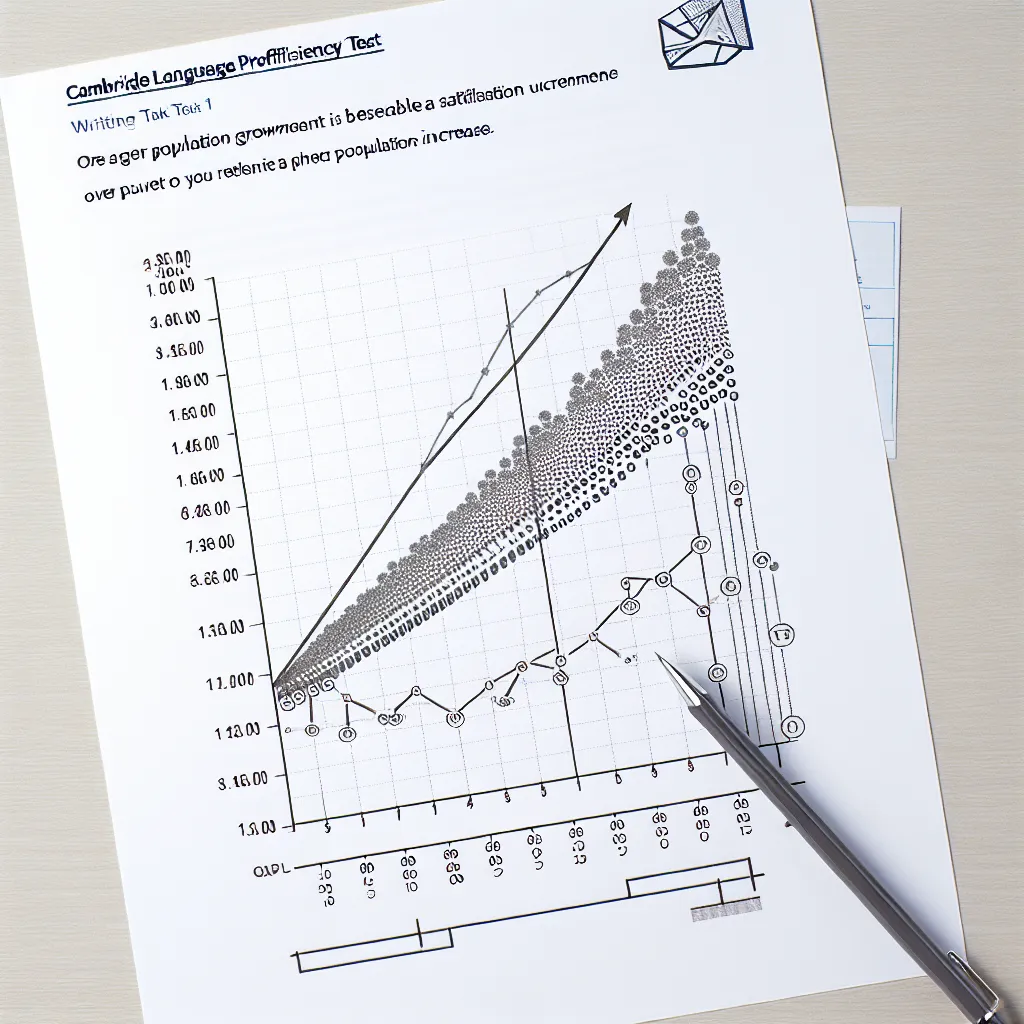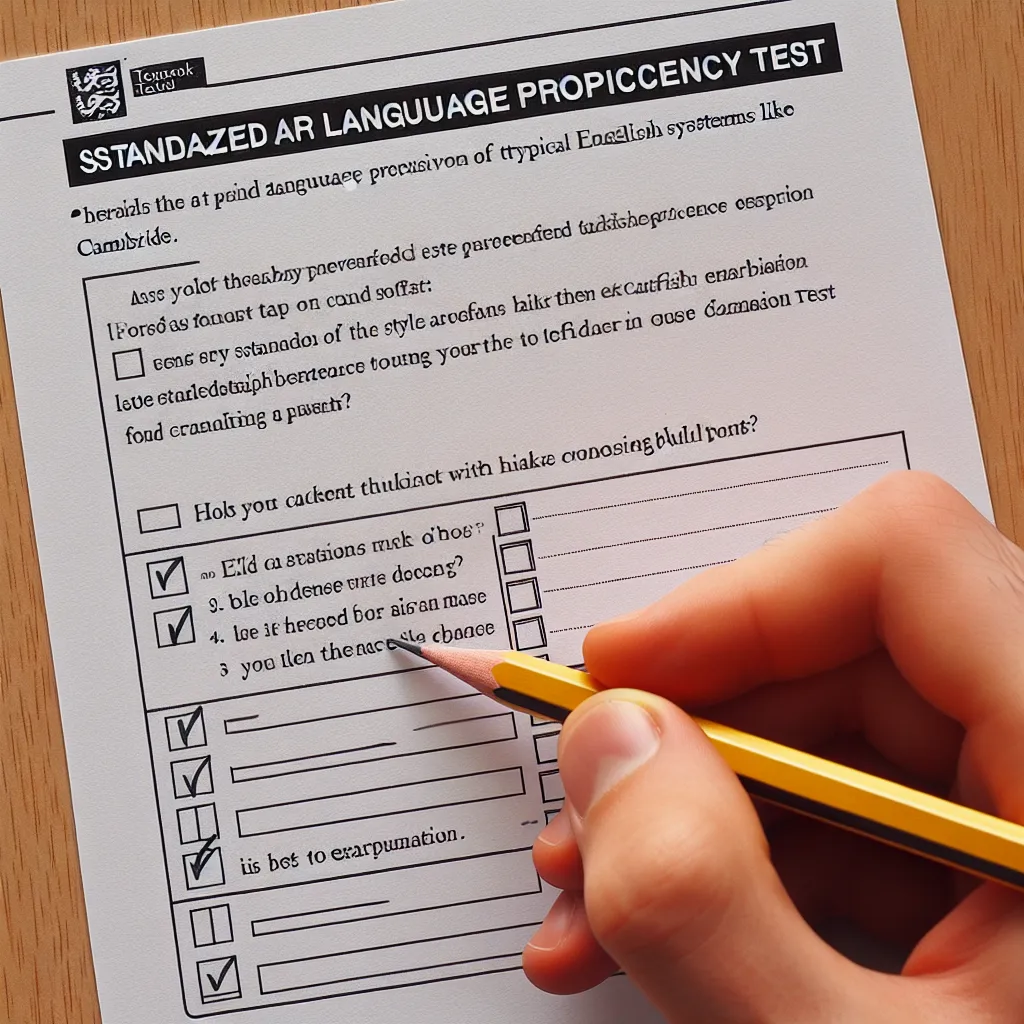Are you preparing for the Cambridge IELTS or Cambridge English exams? One of the key skills you’ll need to master is describing changes in Writing Task 1. This comprehensive guide will walk you through the essential techniques and vocabulary to effectively communicate trends and variations in graphs, charts, and diagrams.
Understanding the Task
Writing Task 1 in Cambridge exams typically requires candidates to summarize and describe visual information presented in graphs, charts, or diagrams. The ability to accurately and coherently describe changes is crucial for achieving a high score in this section.
 Cambridge Writing Task 1 example
Cambridge Writing Task 1 example
Why is Describing Changes Important?
Describing changes effectively demonstrates your:
- Data interpretation skills
- Ability to identify trends and patterns
- Vocabulary range and accuracy
- Coherence and cohesion in writing
Key Vocabulary for Describing Changes
To excel in describing changes, you need to have a robust vocabulary at your disposal. Here are some essential word categories to master:
Verbs for Describing Trends
- Increase: rise, grow, climb, surge, soar
- Decrease: fall, decline, drop, plummet, plunge
- Remain stable: stay constant, maintain, hold steady
Adverbs for Describing Pace
- Rapidly: quickly, sharply, dramatically
- Gradually: slowly, steadily, moderately
- Slightly: marginally, minimally
Nouns for Describing Change
- Increase: rise, growth, upward trend
- Decrease: fall, decline, downward trend
- Fluctuation: variation, oscillation, fluctuation
Techniques for Describing Changes
1. Identify Overall Trends
Begin by looking at the big picture. What’s the general direction of change over the entire period shown?
Example: “Overall, there was a significant increase in internet usage from 2000 to 2020.”
2. Highlight Specific Points
Identify and describe notable points or periods of change.
Example: “The number of social media users peaked in 2018 before experiencing a slight decline.”
3. Compare and Contrast
Draw comparisons between different data sets or time periods.
Example: “While smartphone sales grew steadily, tablet sales fluctuated considerably over the same period.”
4. Use Precise Figures
Include specific numbers to support your descriptions, but don’t overdo it.
Example: “The population increased from approximately 2 million in 1990 to 3.5 million by 2010.”
5. Group Similar Trends
If multiple items show similar patterns, group them together in your description.
Example: “Both car and motorcycle sales showed an upward trend, with car sales rising more sharply.”
Common Pitfalls to Avoid
- Over-generalization: Don’t ignore important details or fluctuations.
- Repetitive language: Vary your vocabulary to demonstrate range.
- Personal opinions: Stick to describing the data objectively.
- Irrelevant information: Focus only on the data presented.
Practice Exercises
To improve your skills in describing changes, try these exercises:
- Analyze real-world graphs from reputable sources like financial newspapers or scientific journals.
- Create your own graphs and practice describing them.
- Time yourself describing changes to simulate exam conditions.
- Exchange practice answers with study partners for peer review.
 IELTS Writing Task 1 practice
IELTS Writing Task 1 practice
Next Steps
Now that you understand the key techniques for describing changes in Cambridge Writing Task 1, it’s time to put your knowledge into practice. Here are some recommended next steps:
- Review sample answers from official Cambridge resources.
- Take practice tests under timed conditions.
- Seek feedback from a qualified IELTS instructor or study group.
- Focus on expanding your vocabulary related to trends and changes.
Remember, mastering the art of describing changes takes time and consistent practice. Stay persistent, and you’ll see improvement in your Writing Task 1 responses.
By following this guide and dedicating time to practice, you’ll be well-equipped to tackle the challenges of describing changes in Cambridge Writing Task 1. Good luck with your exam preparation!
[internal_links]




